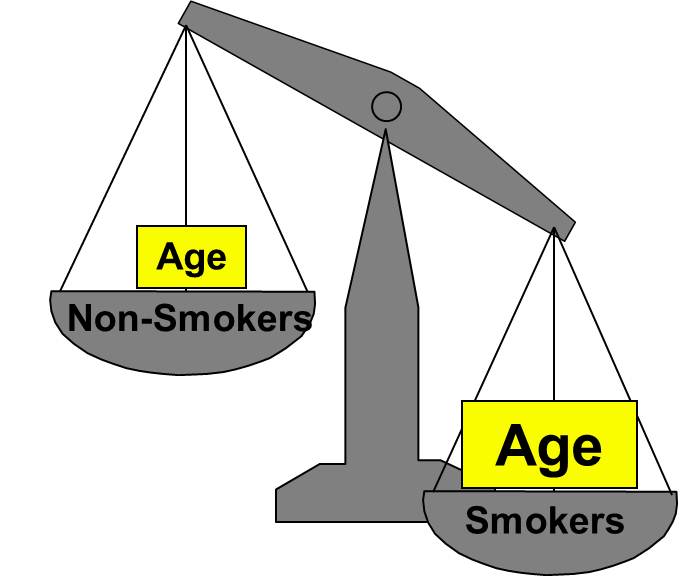Authors:
Wayne W. LaMorte, MD, PhD, MPH, Professor of Epidemiology
Lisa Sullivan, PhD, Professor of Biostatistics
Boston University School of Publich Health
NOTE: This module is used for both BS704 and EP713.

Introduction
Confounding is a distortion of the association between an exposure and an outcome that occurs when the study groups differ with respect to other factors that influence the outcome. Unlike selection and information bias, which can be introduced by the investigator or by the subjects, confounding is a type of bias that can be adjusted for in the analysis, provided that the investigators have information on the status of study subjects with respect to potential confounding factors.
Effect modification is distinct from confounding; it occurs when the magnitude of the effect of the primary exposure on an outcome (i.e., the association) differs depending on the level of a third variable.
Learning Objectives
After completing this module, the student will be able to:
- Explain the three key properties of a confounder
- Define and identify confounding
- Identify three ways to control confounding in the design phase of a study, and identify the strengths and weaknesses of each approach
- Describe ways to control for confounding in the analysis phase of a study
- Explain and calculate crude and stratum-specific measures of association
- Compare crude and adjusted measures of association to identify whether confounding is present and characterize the direction and magnitude of confounding
- Describe residual confounding and identify possible sources
- Define and provide an example of effect modification




